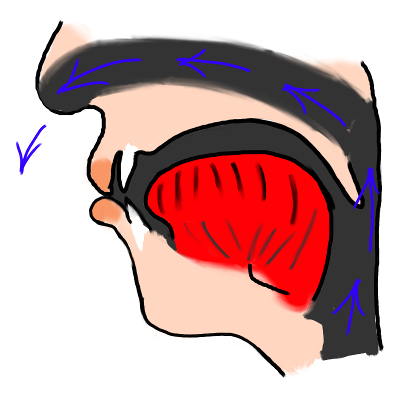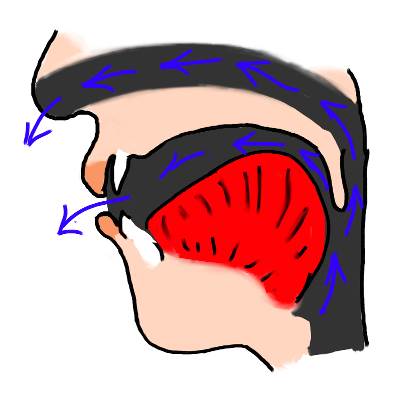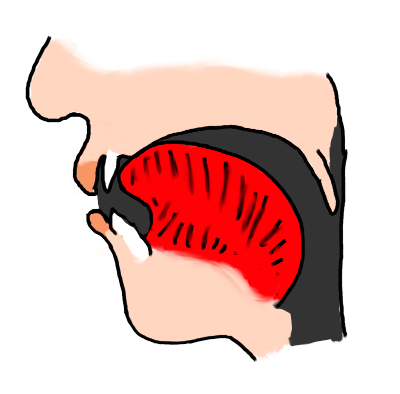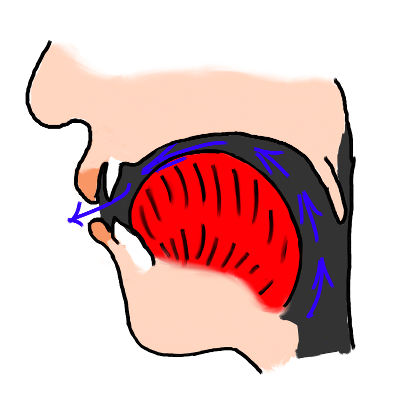How to pronounce monter
Do you find the information below useful? If you do, you can get guides like it for 1,000+ French words by downloading this app for your iPhone or iPad.
| m |  | The French 'm' sound is pronounced in a similar way to English 'm'. Just remember that the letter "m" at the end of a word or before another consonant doesn't represent an 'm' sound as such in French, but rather that the previous vowel is nasalized. | |
| õ |  | The French 'nasalized o' is pronounced with the lips in a similar to position to the 'close o'. However, the vowel is nasalized: air escapes through the nose as well as the mouth. | |
| t |  | The French 't' is pronounced like an English 't' after a 'th' sound (as in "with two"). Your tongue touches the back of the teeth. Also try to avoid a "strong burst of air" (aspiration) as in English. If you are a native English speaker, repeat the word "tool" then "stool" with your hand in front of your mouth. In "tool", you'll feel a stronger burst of air than in "stool". In French, pronounce the 't' as in English "stool", without the strong burst of air. | |
| e |  | The French 'close e' vowel, often written é, is pronounced with the tongue almost as far forward in the mouth as it will go, and fairly close to the roof of the mouth. Keep your lips fairly spread and aim to "hold your tongue and lips in position" (to avoid producing it as a "glide" or diphthong) as you pronounce it. |